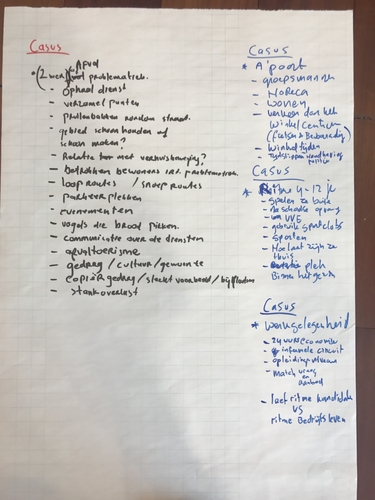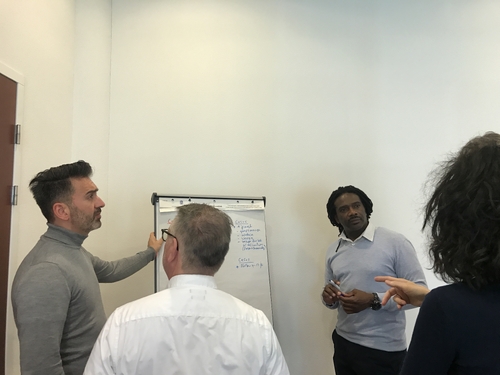DRSR Kick-Off | Presentatie Groep 2
Onderdeel van
Trefwoorden
Suggested issues: Garbage/waste (afval), Amsterdamse Poort, children (4-12 years) and employment opportunities (werkgelegenheid)

Amsterdamse Poort: Amsterdamse Poort is a shopping and living area at the center of Zuidoost. The ground floor consists of a boulevard type of planning where shops, horeca and offices are distributed, and the apartments can be found on top of the shops. This area is not accessible by cars or by bikes; the roads and facilities for these two are located around the area. The outside spaces include sitting areas, while in-between the indoor locations there are large galleries full of smaller shops.
There are many issues that can be reported at this area, from ‘groepsmannen’ (groups of men hanging out in the public space who are reported to give nuisance to passers by, however, the specific reasons for this nuisance are not clear), maintenance (handhaving) of garbage, or cleaning in general.
All these features create the liveability (leefbaarheid) issue for Amsterdamse Poort; for example, since there are many shops around which all close around the same time, the passers by don’t feel safe at night. Or, another example. the frequent garbaging is related to sense of ownership around the public spaces. It is suggested in this brainstorm to do a portrait of this area, to explore better what the real issue is.
Employment opportunities: It is reported that a good match between the job candidates and the employers is missing at the moment. The municipality invests a lot to bring the candidates job opportunities to a higher level by providing courses, eduction and financial support. However, although these candidates become qualified enough to be hired by the job market (especially by companies in Zuidoost), they are not considered in available positions. So the issue becomes that the corporate life (bedrijfsleven) does not meet the needs of the people.
Rhythm of the children of 4-12 years old in relation to the rhythm of their parents: By looking at the rhythm, the lifestyle of the children can be better explored. There are many services offered by the municipality for the children and their parents to attend. Nevertheless, there is still the difficulty of gathering information about what happens at home; at what time do the children arrive home, who is there to be with them at home, what they eat for dinner, etc. This information can lead to a better understanding of the vulnerable youth groups.
